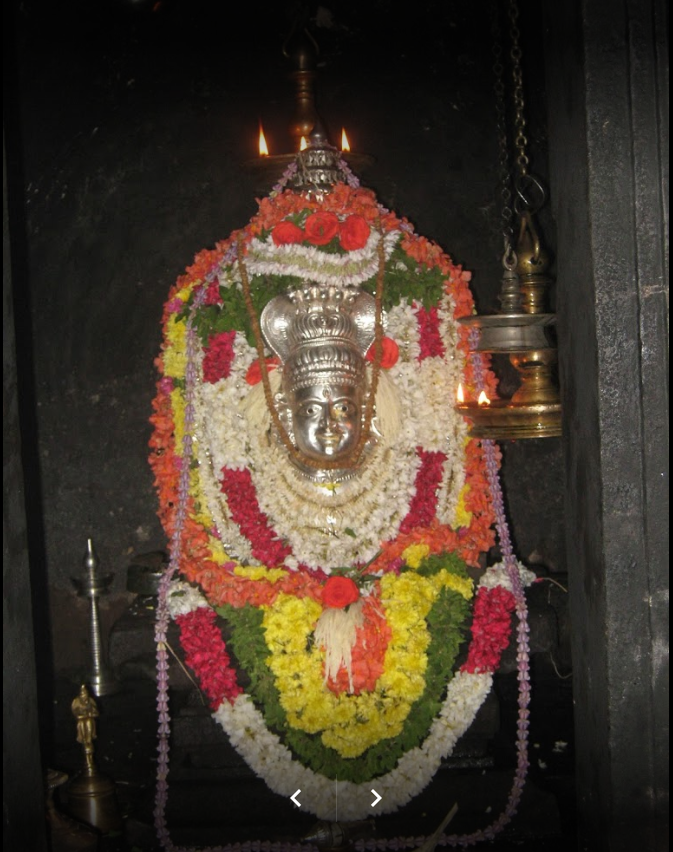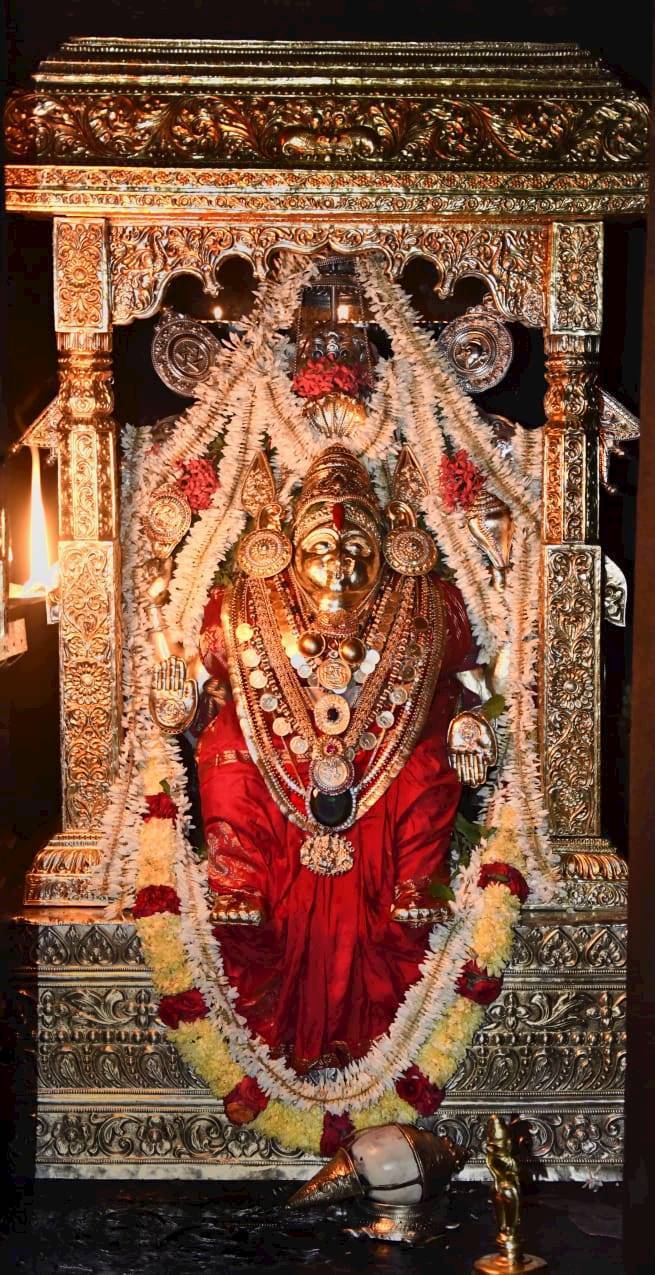About
Shri Anantheswara temple is the most ancient temple of Udupi. It is interesting to note that this village derived the name, Shivalli from this temple. The Brahmins who settled around this place came to be identified as Shivalli Brahmins.
Some scholars are of the opinion that the original form of Shivalli was Shiva Halli. In the books written in the distant past it was also referred to as Shiva Belli which was transformed into Roupya Peeta or Rajatha Peeta in Sanskrit. Thus Udupi owes its name Rajatha Peetapura to this temple.
While the image installed in this temple is that of Lord Shiva according to the devotees of Shiva, the Vaishnavas worship the image as both Shiva and Vishnu. What one sees in the sanctorum is a Linga. However, the idol taken in a procession during the festivals is that of Lord Ananthapadmanabha. Thus it stands to reason to infer that the temple is the abode of Lord Vishnu and Lord Shiva. Sri Vadiraja has glorified this place by concluding that Lord Hari is residing in the body of Lord Hara here.
Legend has it that Acharya Madhwa’s father served here as the temple priest. When he shifted to the holy Pajaka kshetra, he carried a replica of Lord Ananthapadmanabha’s idol with him and installed it at Pajaka where it is worshipped to this day. This is one of the evidences to prove that Lord Vishnu was worshipped here even before Acharya’s days. Madhwa Vijaya states categorically that Acharya Madhwa incarnated here as a reward to the Nadillaya couple who worshipped this deity with overwhelming devotion and as a fulfilment of the vow taken by them.
Originally this temple was called Padudevalaya to distinguish it from Moodudevalaya mentioned earlier. The deity worshipped here is referred to as Mahadeva of Padudevalaya in ancient inscriptions. It was on the premises of this temple that Acharya Madhwa taught the Holy Scriptures to his disciples. Madhwa Vijaya states in no uncertain terms that when the great scholar-saint was teaching them Aitareya Upanishat, the skies opened up with rains of flowers.
Even now worship is offered to the granite slab on which Acharya Madhwa sat invariably while teaching his students. No idol is placed on the slab. Sri Vadiraja affirms that Acharya Madhwa is still invisibly present on the slab.
The architecture of the temple bears unmistakable testimony to its antiquity. The temple sanctuary that bears the shape of the back of the elephant (Gajaprshta) offers clinching proof in this regard.
Shri Chandramouleeshwara Temple
Adjacent to Shri Ananrheshwara temple, the devotees can see the temple of Shri Chandramouleeswhara in the east. Even though it is an ancient temple historic details are not forthcoming.
One of the legends woven round this temple holds that there was a clump of trees called Abjaranya (the present Poornaprajna College campus) that existed at a distance of half a k.m. from the heart of Udupi town. There was a small lake nearby. A belief is doing the rounds that the Moon god performed penance in this spot. That is why the place came to be called Abjaranya. Immensely pleased with the Moon god’s penance, Lord Shiva appeared before him and granted his wish. Chandramouleeshwara temple surfaced in order to commemorate this event.
Chandramouleeswhara temple is small in size when compared to the neighbouring Anantheshwara temple. The literary work Madhwa Vijaya tells us that the temple used to be called Moodu Devalaya (Mahendradigalaya) as it lies to the east (moodu) of Shri Anantheshwara temple which is considered as the chief temple of the place.
Even to this day, the prospective Paryaya Swamiji visits Chandramouleeswhara temple before ascending the Paryaya throne, pays respects to the presiding deity and then proceeds to receive darshan of Lord Ananthasana and Sri Krishna.
Contact
Sri Anantheshwara & Sri Chandramouleshwara Temple,
Rathbeedhi,
Udupi - 576101
Tel : 0820 2522879















